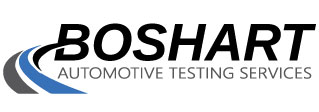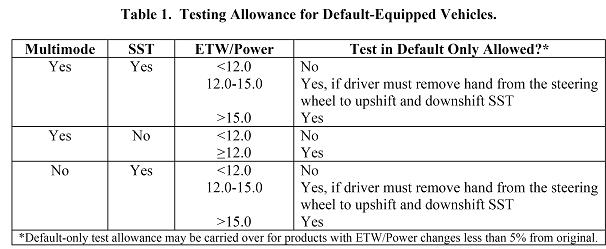Top Tips to Improve Your Fuel Economy
1. Take a Chill Pill
It turns out aggressive and generally aggravated driving can really come back and hit you in the pocketbook. All that quick accelerating and decelerating during freeway driving is slurping down33% more of your gasoline according to www.fueleconomy.gov ! So maybe get out the door early and skip the “makes-me-want-to-speed” double espresso shot until you get to work.
2. Maintain Your Ride
Proper care that follows your car’s prescribed maintenance schedule is key to keeping your fuel usage in the optimal range. Clogged filters or faulty spark plugs can adversely affect your gas mileage; so tune ‘er up!
3. No Junk in Your Trunk
This is an obvious one. Many of us forget to think about how excess weight will use extra gas. That means those golf clubs in your car, or the three kids seats for when your grand-kids visit! Take them out! Also, a roof rack will not only add weight but also drag, decreasing your car’s gas mileage even more. Not going camping any time soon? Remove the roof rack.
4. Wash Your Car
Yes, seriously. All that dirt creates drag, which takes more power to push the vehicle through the air. At Stretcher.com engineer Tom Wagner, Jr. reported a 7-percent improvement in fuel economy, from 15 to 16 mpg, during a 1,600-mile road trip with his fancy-schmancy clean car.
5. Keep Your Tires Properly Inflated
You’ve heard this one before, and it’s still true. California passed a law that all automotive service providers are required to check and inflate each vehicle’s tires to the recommended tire pressure rating, with air or nitrogen, as appropriate, at the time of performing any automotive maintenance or repair service. This can help fuel economy up to 3.3%.
6. Learn When to Vent
Air conditioning takes extra gasoline to power, so while you are driving around town, have the windows down. However, when a car is traveling at high speeds, drag from open windows takes extra gasoline. For freeway driving air conditioning makes the most “cents.”
7. Combine Trips
Is the grocery store right next to the community pool? After dropping the kids at their swimming lesson, you can make your a trip to the grocery store. Making one trip for many tasks saves you time and gasoline.
8. Vital Not to Idle
Just sitting there? You are getting 0 miles to the gallon! It is indeed more fuel efficient to restart the car than to have it running.

